
The Art of Television 2024
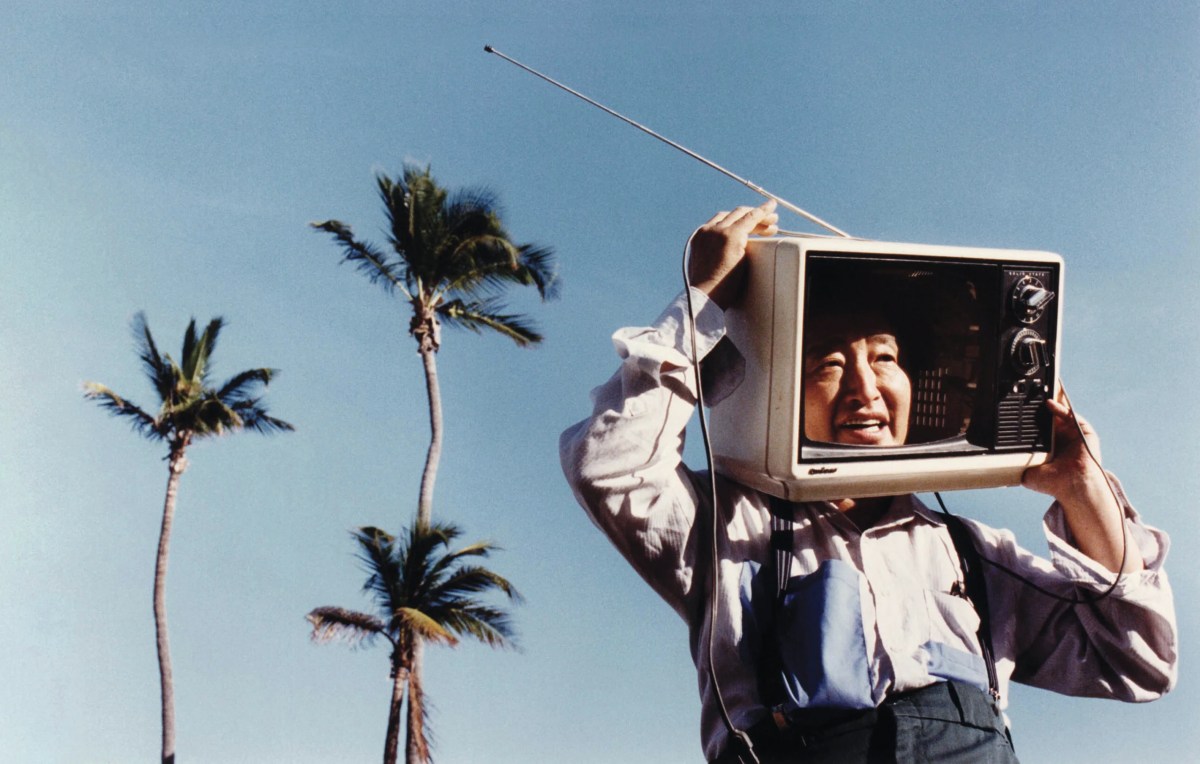
“No matter the context or the screens on which we watched, our eyes and our hearts were focused on the human relationships, on the emotions of the characters and the talent of the actors and storytellers bringing those worlds into our personal lives and turning us into believers. That’s the power of television.”
-Stefano Tonchi, Editorial Director, TheWrapBook

Artists by Artists
From hyper-realist works on paper to ceramics and sculpture, we’ve assembled an exhibition of artwork that offers a new way to experience the binge-worthiest stars of the small screen.
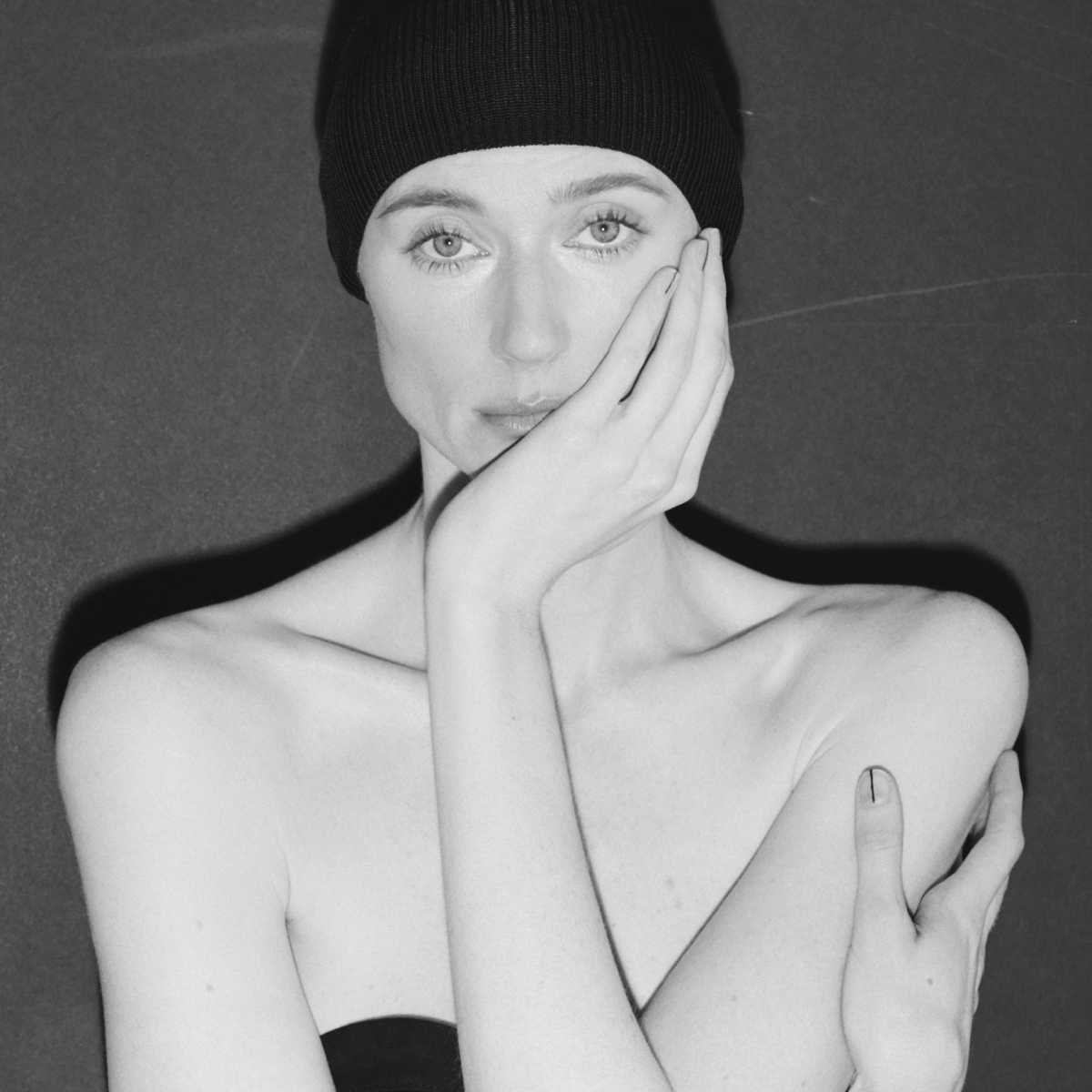
Into the Light
Elizabeth Debicki reflects on navigating a royal legacy to portray Princess Diana in The Crown—a career-defining performance that changed the way she approaches acting.

The Faces of TV 2024
TV acting powerhouses break down what art means to them, from Hiroyuki Sanada to Rashida Jones to Jharrel Jerome.

Swan Songs
A conversation with Naomi Watts, Diane Lane, Molly Ringwald, Chloë Sevigny and Calista Flockhart about privilege, stardom and the saga of Truman Capote and his high-society confidantes.

Baby Reindeer
Richard Gadd’s genre-defying Netflix sensation Baby Reindeer blurs the lines between comedy, drama and autobiography, challenging viewers’ perceptions while sparking crucial conversations about trauma, stalking and the power of storytelling.

Sci-Tech
Our favorite dystopian and science-fiction series take inspiration from novels and video games. Fashion follows suit with a combination of technical fabrics and fantastical details.

The Faces of PST 2024
The expansive exhibition PST ART: Art & Science Collide unites more than 800 artists with scientists, Indigenous experts and more to take on some of the most urgent questions of our time.

Bad Manners
After more than two decades of redefining the genre, Larry David’s sitcom Curb Your Enthusiasm bowed out with a finale that was quintessentially Larry. TV comedy writer, columnist and author Joel Stein makes the case that, while Curb may be a comedy of manners, it’s also the first sitcom about an asshole.

Sense of Self
This year, the visual and performance artist Martine Gutierrez took to the small screen in comedian Julio Torres’ HBO series Fantasmas. As Torres puts it: “Her art practice is in conversation with the self, having control over that presentation, what to hide and what to reveal.” In this exclusive series of self portraits, Gutierrez leaves just enough to the imagination.

The Talented Mr. Oldman
Oscar-winning actor Gary Oldman finds unexpected liberation in television, embracing the disheveled brilliance of Jackson Lamb and examining the evolution of his craft.
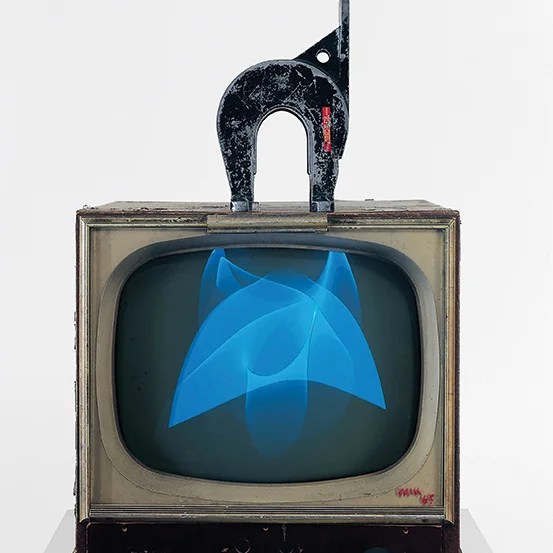
RetroFuture
An ode to Nam June Paik’s television-themed art from the 1960s, 70s and 80s.

Backdrops
Artist Tyson Reeder reimagines TV worlds, blending pop culture and abstraction in multilayered portraits of some of the year’s best shows.
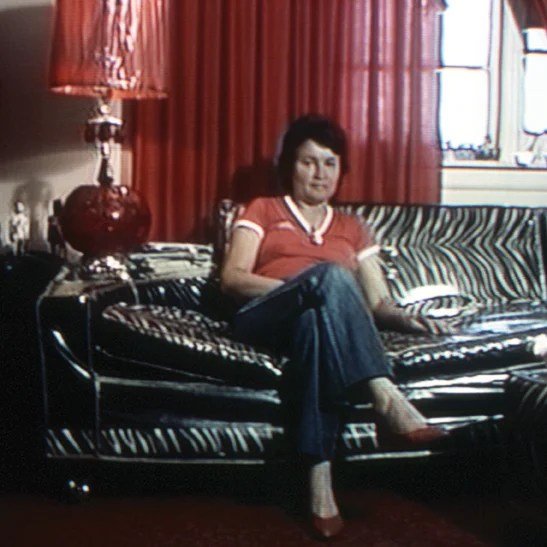
The Viewer’s Seat
Artist Bill Viola, who died in July at the age of 73, worked all his life with images and was one of the first to understand the power of television. He was a pioneer in new media, video and art installation.
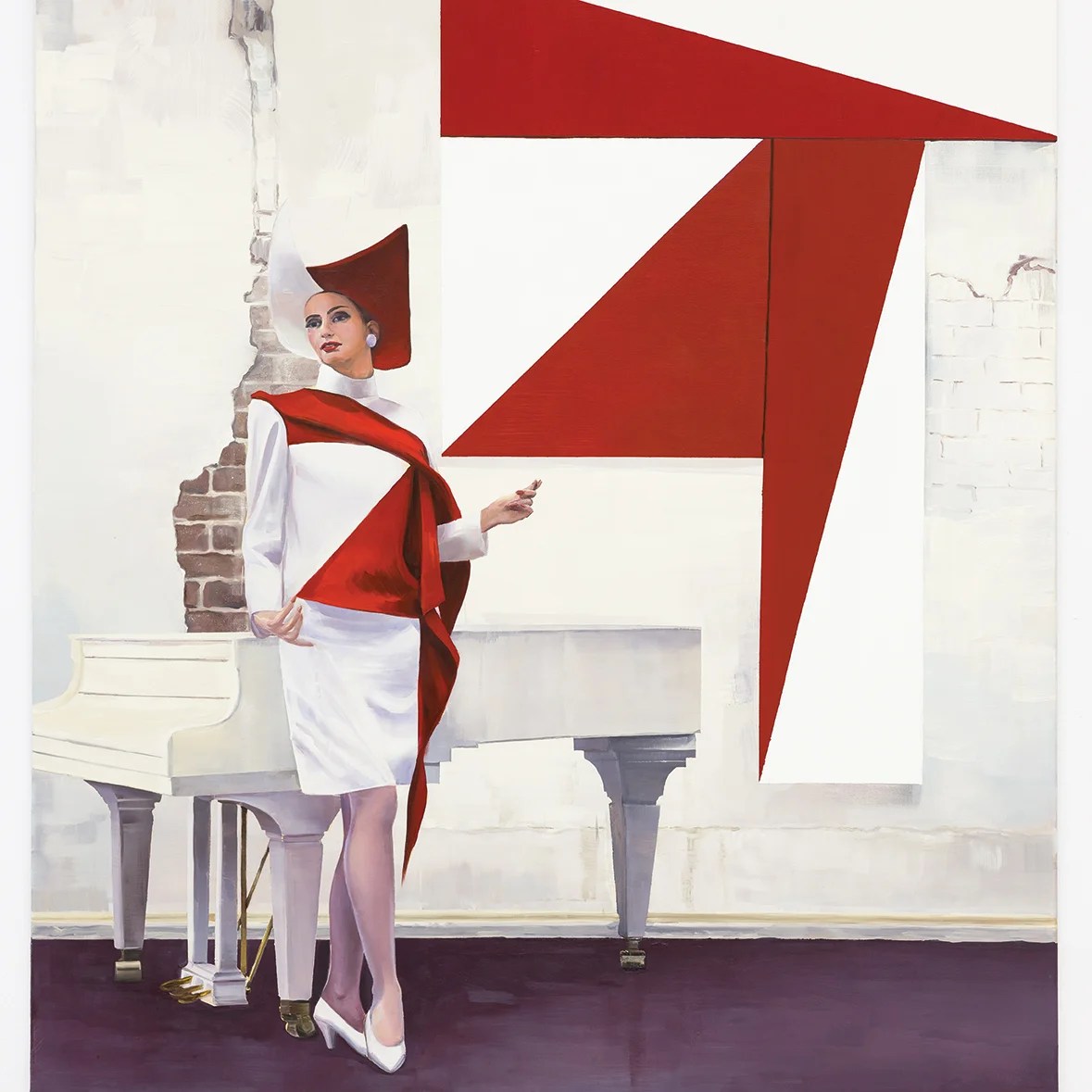
Making the Final Cut
From runway rivalries to the secret lives of designers, fashion TV shows are captivating us with their high-low narratives.
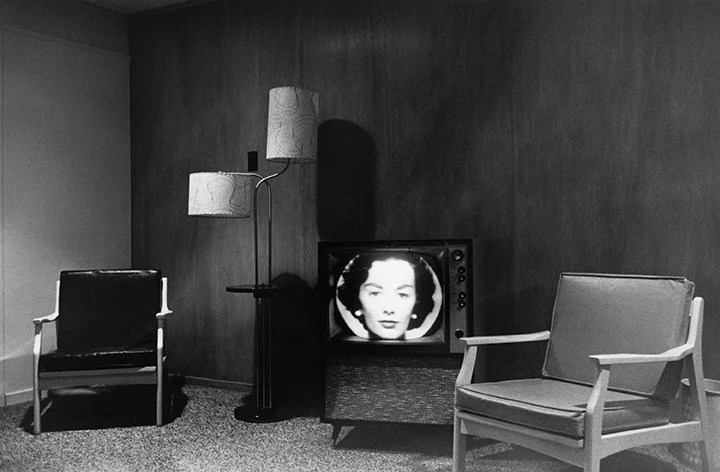
The Little Screens
The nonagenarian photographer Lee Friedlander was recently celebrated by Joel Coen in an exhibition of photographs curated by the filmmaker. Friedlander’s 1960s images offer an uncanny glimpse of television’s early years: when black-and-white intruders first flickered in America’s lonely hotel rooms.
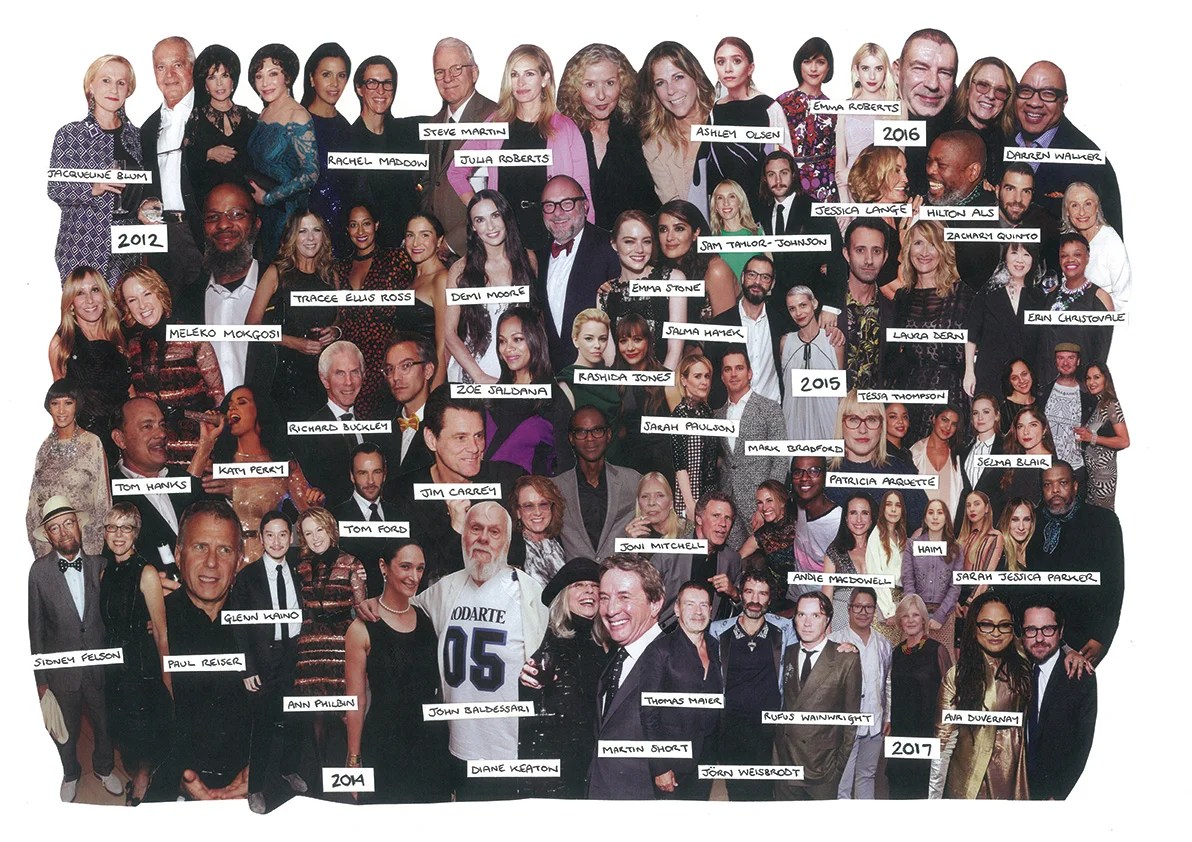
Hammer Time
When Ann Philbin first arrived at the Hammer Museum in 1999, Los Angeles was a very different place. The West Coast art world was relatively small, populated by outsider artists and a group of powerful collectors who preferred to travel and show and shop in New York and in Europe. But one year at a time, one gala after another, Philbin changed the rules of the game and built an L.A. art community that can compete with any city in the world. As she leaves behind the Westwood institution after 25 years, Philbin recounts, in her own words, the making of the Hammer Museum Gala into the L.A. art world’s preeminent event.
